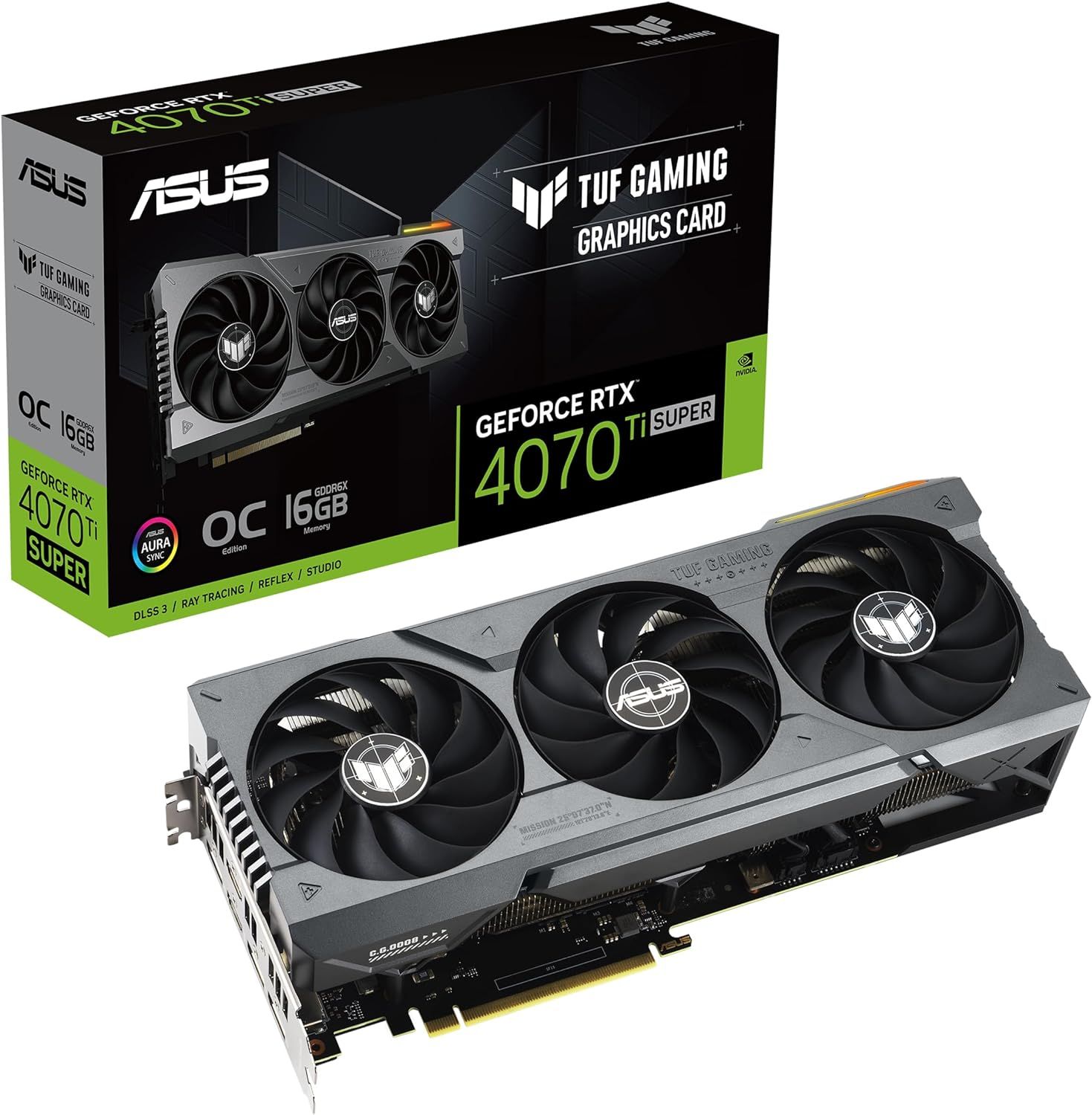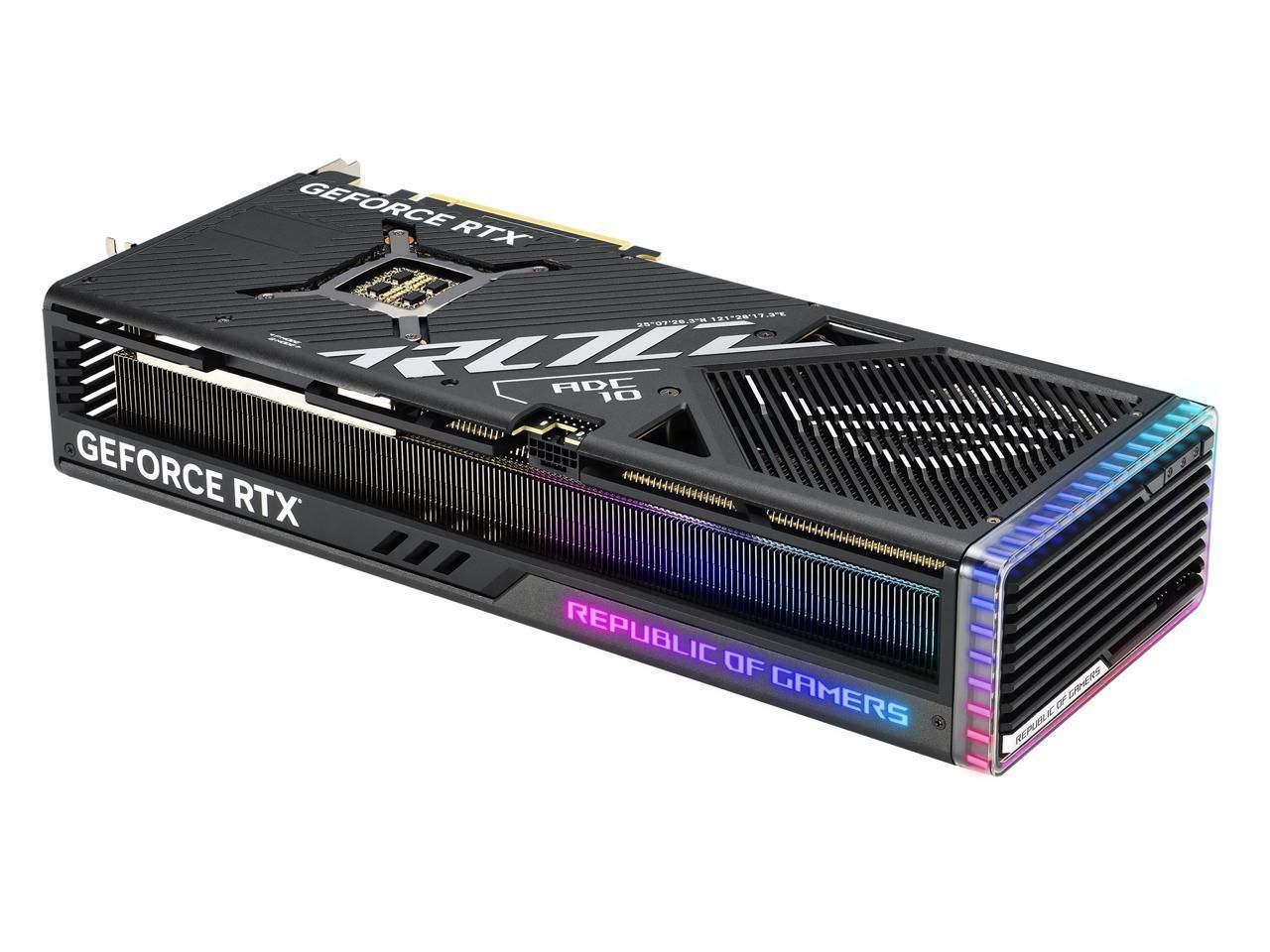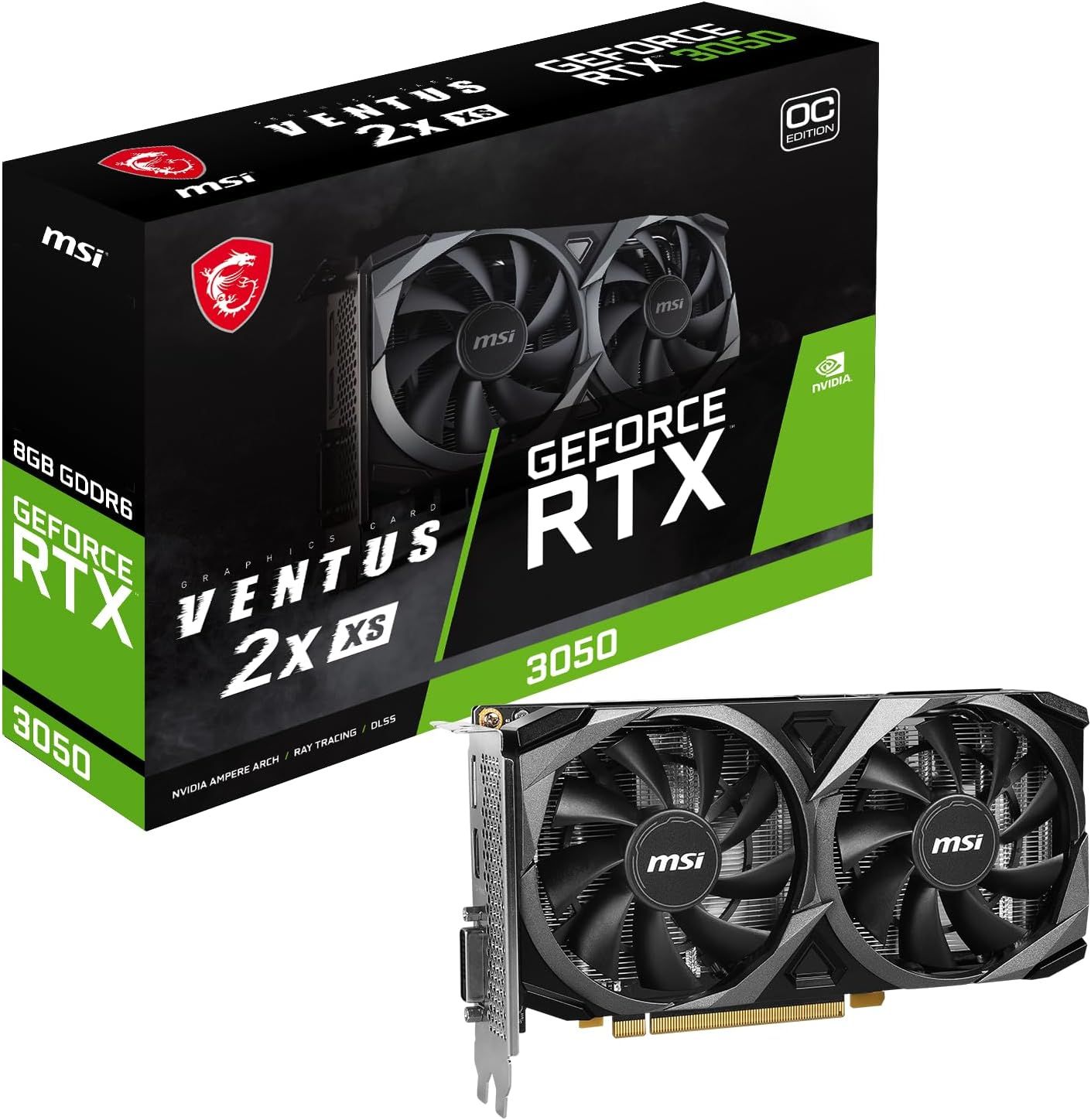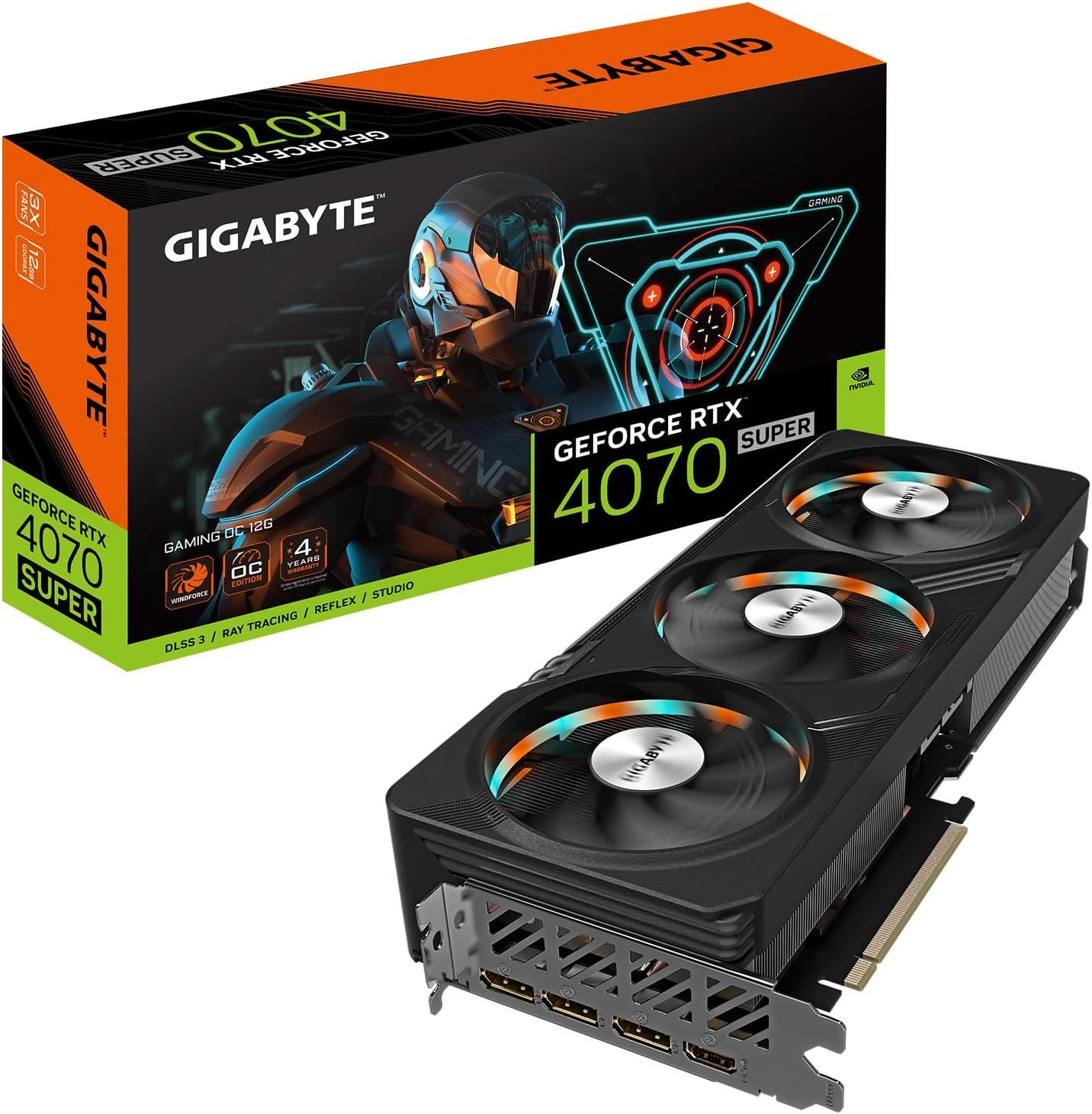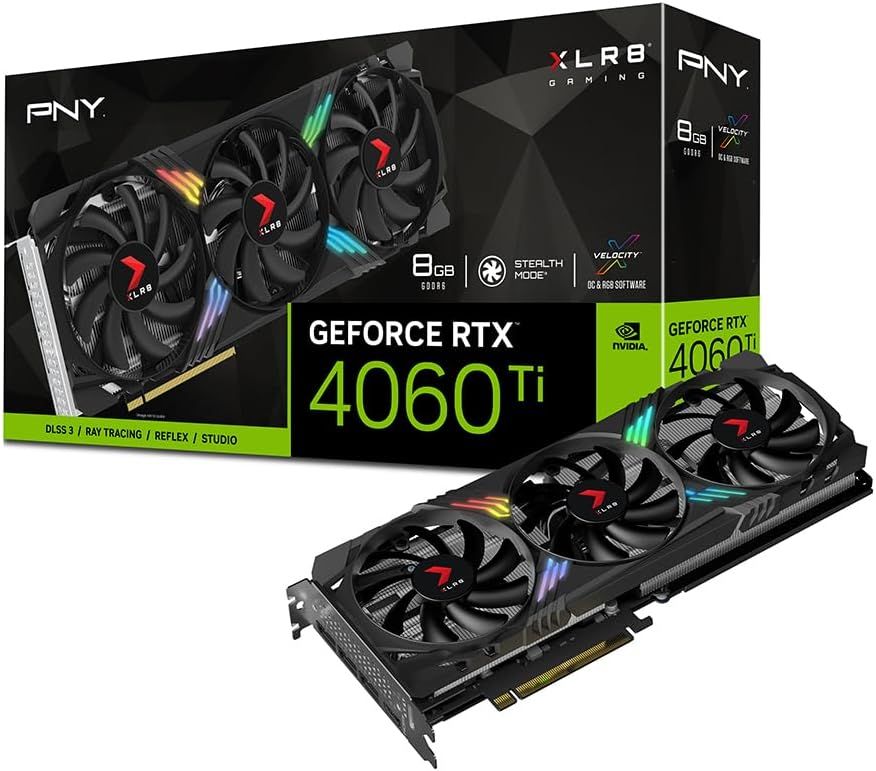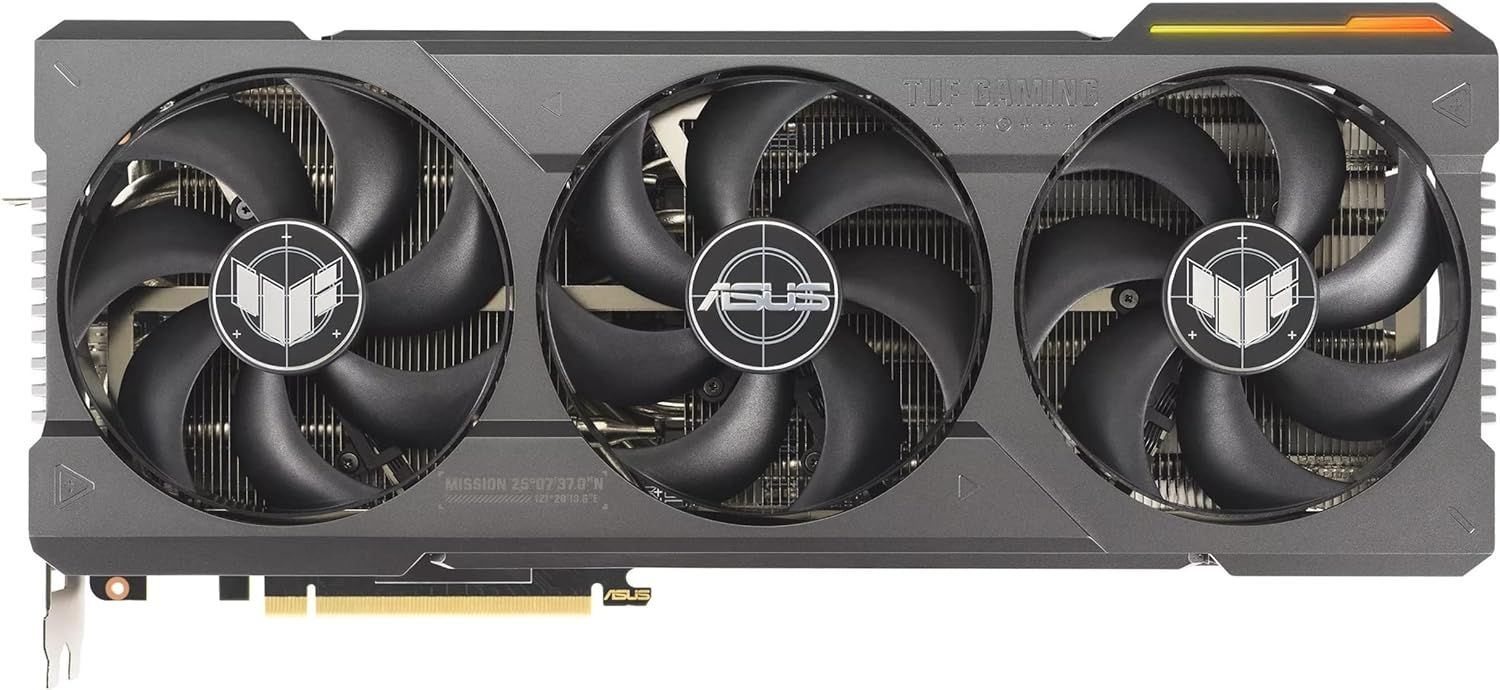Nvidia has been on a roll of late. It has broken the performance ceiling with its higher-end RTX 4000 GPUs, added DLSS 3/3.5, and pushed the boundaries of efficiency with the Ada Lovelace architecture repeatedly. As a byproduct of these advances, it currently leads a market where pricing has not adjusted fully to new releases. This is partially due to the massive buildup of RTX 3000 series GPUs in stock before the release of the considerably pricey RTX 4000 series GPUs.

The Best Graphics Cards You Can Buy In 2024
Anyone looking to upgrade their graphics card will want to check out this list!
However, the RTX 4000 series has almost taken over the Ampere family and is available in abundance for MSRP or sometimes for a lower price in various retail stores, depending on the types of editions. If you are looking to max out your gaming performance, here is the list of the best Nvidia graphics cards to buy in 2024.
Updated on April 22, 2024 by Sarfraz Khan: With the arrival of Super variations of the already existing Ada Lovelace-based RTX 4000 GPUs, the list is updated with high-performance GPUs that deliver superior performance without any increase in the price.
Game ZXC's Picks for the Best Nvidia Graphics Cards in 2024
With the RTX 4070 Ti Super, the VRAM debate is now over as it provides 16GB of RAM to max out the graphical settings regardless of the game or resolution. Unlike the RTX 4070 Ti, the 4070 Ti Super edition uses the higher-end AD103 GPU chip, which results in a 10% increase in Cuda Cores and a wider memory bus of 256-bit for the 16GB memory configuration to become possible. The Geforce RTX 4070 Ti was criticized for bringing only 12GB of VRAM even though it was $200 more expensive than the RTX 4070.

The Best 4K Gaming Monitors in 2024
Here are some of the best high-resolution gaming monitors money can buy in 2024.
The 4070 Ti Super not only increases the VRAM size but also retains the MSRP of $800, outperforming the RX 7900 XT from AMD quite convincingly. The 4070 Ti Super is the GPU if you are looking to obtain 60 fps at 4K resolution on ultra settings. But if you decide to play at 1440p, fps in triple digits are quite easy to achieve. Once you turn on Ray Tracing, expect some dip in performance, but with the DLSS 3.0 Frame Generation support, you won't have to worry about the fps dropping into double digits.
From the time when the RTX 4090 was released back in October 2022, to this day, the RTX 4090 remains unchallenged. It's like no matter what Team Red tries to do, it isn't able to close the gap between its flagship RDNA 3 GPUs with the RTX 4090. However, from the very ADA lineup, no other Nvidia GPU comes close to the 4090, and it remains the fastest GPU on the planet for almost two years now.
RTX 4090 is far ahead of any high-end GPU, thanks to its AD102 chip, it gets over 16,000 Cuda Cores, and a whopping 24GB GDDR6X memory on a 384-bit bus. It's overkill for 1440p gaming and is the only GPU that delivers over 100 fps on average at 4K resolution. The only challenge it poses is its big size, which has been known to cause issues with standard mid-towers but power consumption is yet another factor many users believe to be too much for a single gaming machine. Regardless of this, the RTX 4090 enjoys great popularity among enthusiasts and is ready to crush ray tracing performance without losing much of its performance.
The GeForce RTX 3050 GPU replaces the GTX 1660 Super as it edges closer in terms of price points. It also has a stellar counterpart in Nvidia's own list as the excellent value-for-money RTX 3060 continues to push lower in terms of price point. With 8GB of VRAM, it meets the needs of all FHD gaming requirements with ease, while throwing in support for DLSS 2 and 3 in addition to passable Ray Tracing performance under the hood.
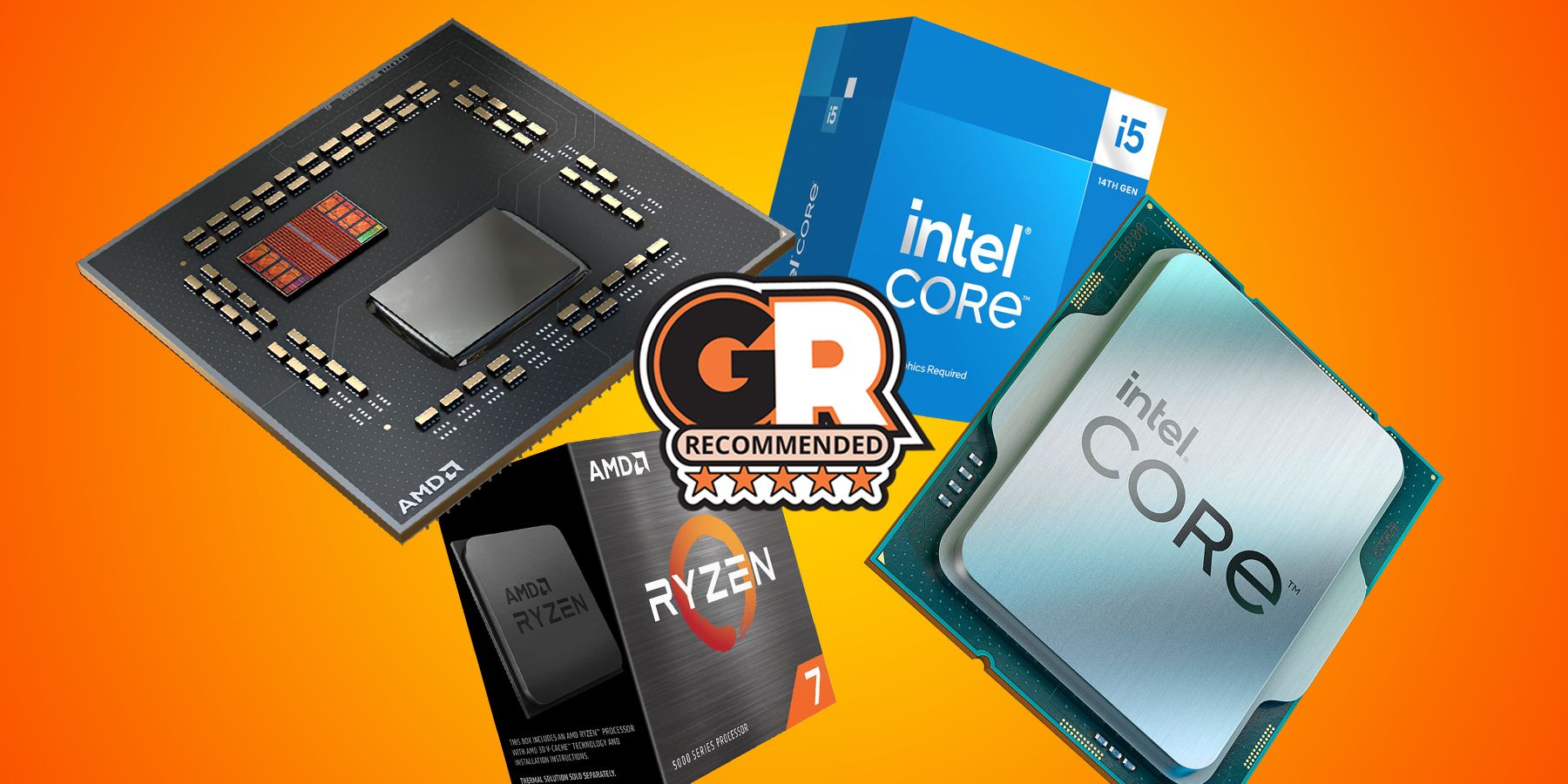
The Best CPUs for RX 7600 XT
By leveraging the power of these CPUs, users will be able to max out games at 1080p resolution with the Radeon RX 7600 XT.
AMD's RX 7600 GPU does put a spanner in the works, offering much better value for money at a similar price tag while packing in a newer RDNA3-based core and deep discounts from various AIBs. This, coupled with the close proximity in terms of pricing to the next generation RTX 4060 GPUs, does somewhat make the RTX 3050 a slightly controversial choice given the value of an additional $50-80 offers most gamers. The MSI RTX 3050 Ventus 2X happens to be the best value-for-money Nvidia-based GPU until a potential RTX 4050 desktop-class GPU shows up.
The Super Series batch came at the right time when gamers needed better cards for the same price. Although the RTX 4070 Super is $50 more expensive than the RTX 4070 at the moment, it over-delivers by being approximately 20% faster overall. This becomes a reality as a result of unlocking more of the AD104 die from the 4070 Ti, which was significantly cut down on the RTX 4070. Now the RTX 4070 Super brings about 20% more Cuda Cores, more Tensor and RT cores to help it achieve more performance in gaming.
Unfortunately, the memory configuration stays the same but with 12GB GDDR6X VRAM on a 192-bit bus, the memory bandwidth is quite sufficient for 1440p gaming without introducing any memory bottlenecks. It's perfect for crushing the modern titles on the highest settings in rasterization and is incredibly good with Ray Tracing too.
The GeForce RTX 4060 Ti 8GB GPU is a new Ada Lovelace-based GPU that packs in Nvidia's latest tech in a package that offers better DLSS3 support in addition to better ray tracing prowess under the hood. This offers a more power-efficient GPU as a result, supplanting the RTX 3060 TI, which it replaces at its current price point. The RTX 4060 TI does benefit from essentially better availability at launch compared to its predecessor, though it also offers more premium AIB SKUs in general at MSRP.

The Best Budget GPUs for Gaming in 2024
Here are some of the best budget-centric GPUs gamers can buy in 2024!
PNY's own take matches the Founder's Edition's price while offering better clocks and thermals out of the box. It does have to deal with a resurgent AMD RX 7000 series, with the RX 7700XT packing a considerably faster punch this time around, as Nvidia counters it with more aggressive pricing for its own GPUs.
How can we forget the RTX 4080's Super variation that launched this year for $200 lower MSRP compared to the RTX 4080? The RTX 4080 was one of the worst GPU launches by Nvidia, unlike its predecessor, the RTX 3080, which was considered one of the best GPUs of all time due to its reasonable pricing. The RTX 4080 was poorly priced at $1200 and this became the main reason why most gamers avoided it in the first place and went straight for the more expensive RTX 4090.
Nvidia later realized this mistake and launched the RTX 4080 Super but now for $1000, directly competing with the RX 7900 XTX from AMD. While the 7900 XTX is slightly faster than the 4080 Super at raster, the 4080 Super completely dominates it in Ray Tracing benchmarks. However, compared to the RX 4080, the performance remains identical even though you get more Cuda, Tensor, and RT cores. Nonetheless, the RTX 4080 Super is among the best-selling high-end GPUs in the market, especially because it opens the door for 4K gaming without having users spend over $2K for a 4090.
How to Choose an Nvidia GPU that works for Gamers?
Nvidia GPUs currently on offer are split between the newer RTX 4000 series and the older, but somewhat well-priced RTX 3000 series. It all boils down to what users need from their GPU, but a few key specs or technological differences might make the difference between choices available to gamers.
Raw Performance: Raw rasterization performance is a key metric for GPUs, especially given the blurred lines between Nvidia’s RTX 3000 and 4000 series. As not all games support DLSS or FSR image sharpening tech, it is an important thing to consider when picking a GPU.
VRAM On Offer: As modern games get more demanding, they require increasing amounts of VRAM. Modern Nvidia GPUs offer anywhere from a measly 4GB to a whopping 24GB depending on the use case and the target resolution of the gamer or power user. It's recommended to aim for at least 8GB VRAM for 1080p gaming, 12GB for 1440p, and 16GB for 4K.
Ray Tracing: Modern RTX GPUs are much more powerful than the previous generations in ray tracing but it's important to understand that not every RTX GPU can deliver a consistent 60 fps gameplay. It's best to go on the higher-end side of the lineup if you need 60+ fps on max settings but at the same time, it's important to know that some games may require the usage of upscaling technique to improve performance.
DLSS Performance: DLSS2, DLSS 3, and now the announced DLSS 3.5 are all game changers with support currently extending to RTX GPUs, but cascading in terms of the level of optimization available to the end user. This makes newer RTX 4000 series GPUs a better bargain than some of their older peers based on significantly better DLSS 3 gains alone.
FAQ
Q: What Is The Fastest Graphic Card Available Today?
The RTX 4090 is the fastest consumer-grade GPU available. The Asus RTX 4090 Strix OC is the fastest SKU available as per our tests.
Q: What Is The Minimum Nvidia Graphics Card Should I Get For 4K Gaming?
The RTX 4070TI is the ideal GPU for 4K gaming. It can sustain 4K games at high frame rates thanks to DLSS 3. The RTX 4080 is also an excellent, but pricier option if you decide to go that route.
Q: What Is The Fastest Liquid Cooled GPU I Can Buy?
The MSI Suprim X Liquid RTX 4090 is the fastest liquid-cooled GPU available to consumers as it combines RTX 4090 performance with impressively liquid cooling.


